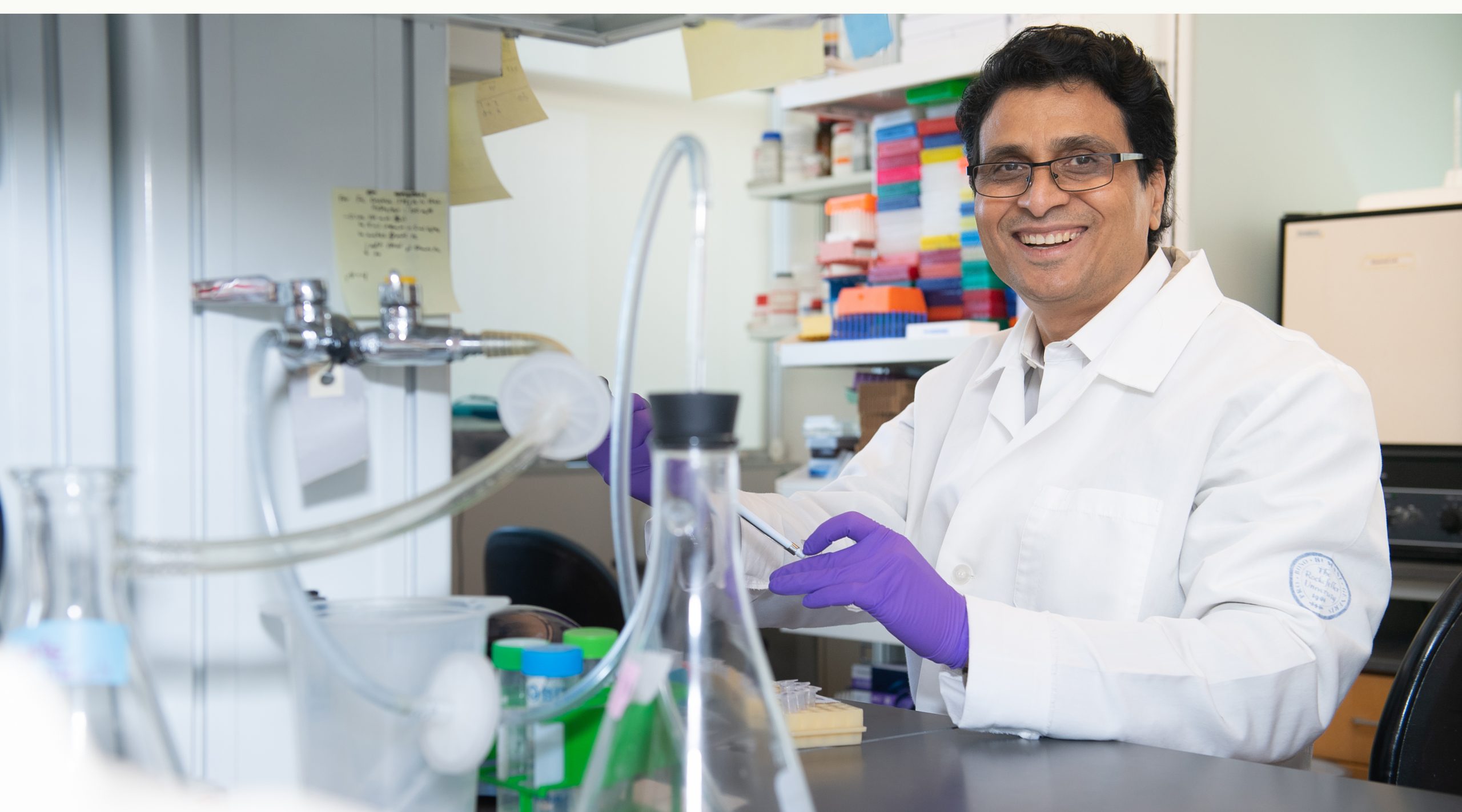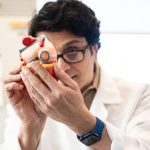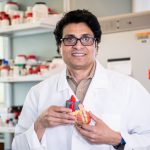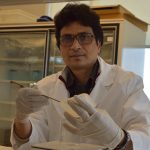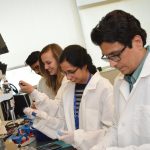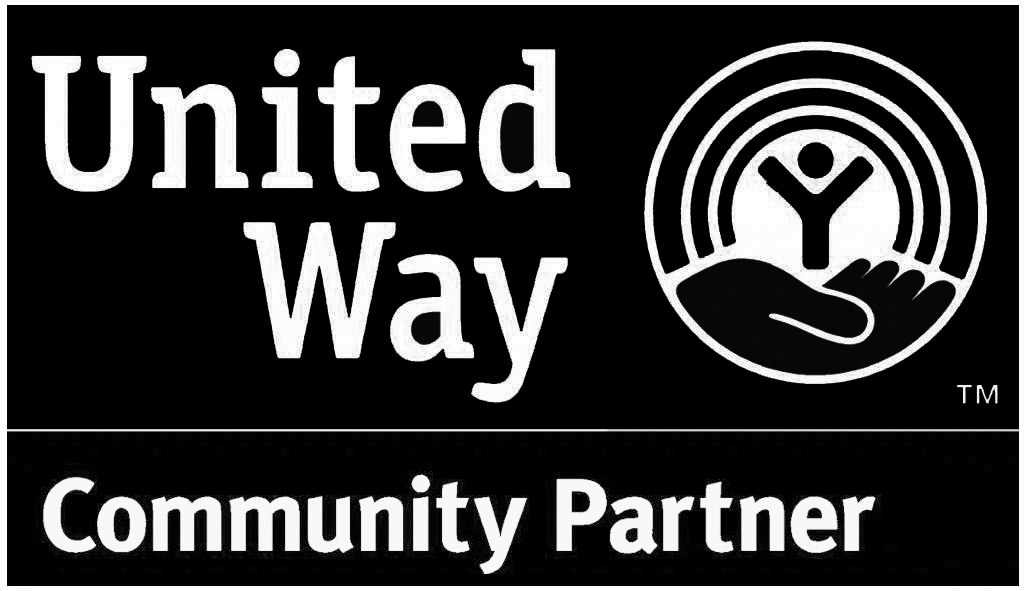Jasimuddin Ahamed, Ph.D.
Associate Professor
Cardiovascular Biology Research Program
My 101
In the lab, we study thrombosis and fibrosis, two leading causes of death worldwide in patients with cardiovascular disease and cancer. Thrombosis, which occurs when blood clots inside blood vessels, can lead to heart attack or stroke. Fibrosis, or the formation of scar tissue, can damage the heart muscle and other tissues.
Blood clotting is a natural mechanism in the body that prevents blood loss when there is a wound, cut or trauma, but when it occurs inside the blood vessels, it can block blood supply to major organs. This can cause heart attacks, stroke and many thrombotic complications associated with cancer.
We also study TGF Beta, a multifunctional protein generated by blood platelets that contributes to many different disease conditions, including cancer, autoimmune diseases and fibrosis. However, the role of platelet-derived TGF Beta has not been clearly defined in the progression of these disease conditions.
Our lab also studies HIV and antiretroviral (ART) drug-induced organ fibrosis. Everyone with HIV has elevated levels of fibrosis, but those who are undergoing treatment have even more. The factors involved in causing HIV-related fibrosis are not yet clear. Because TGF Beta is a major inducer of cardiac fibrosis, our lab will focus on identifying whether platelet TGF Beta contributes to elevated fibrosis observed in HIV and HIV ART-treated patients.
Research
Transforming growth factor-β1 (TGF-β1) is a multifunctional cytokine with important roles in cellular proliferation, differentiation, the immune response, and many other biological functions, including synthesis of the matrix protein collagen in wound repair as well as pathological fibrosis in cancer and cardiovascular diseases. In addition to its generation in the tissues, TGF-β1 circulates in the bloodstream where it has the potential to produce systemic effects, but the sources of circulating TGF-β1 remain to be defined. TGF-β1 is produced by almost all cell types, but platelets contain ~100 times more than any other cells. TGF-β1 is secreted as an inactive, latent complex, and defining its activation mechanism in vivo is one of the subjects of our research. We recently demonstrated that shear force activates TGF-β1 release from platelets in vitro and during thrombus formation in mouse carotid artery in vivo. These data indicate that shear force is a potential mechanism for systemic activation of TGF-β1 in disease states associated with high circulatory shear force.
Our hypothesis is that release and activation of TGF-β1 occurs in vivo in clinical disorders involving organ fibrosis and high circulatory shear stress. These include severe aortic stenosis (AS), in which high shear is generated across the stenotic valve, and end-stage heart failure patients implanted with left ventricular assist devices (LVAD), which generate high shear through the device’s spinning rotor.
AS is a major cause of morbidity and mortality in the elderly, as the shear stress across the stenotic valve is very high and the only available treatment is aortic valve replacement surgery. Circulating TGF-β1 levels are elevated in individuals with AS, but the source of TGF-β1 and its activation mechanism are not clear. Our hypothesis is that TGF-β1 released from platelets and activated by shear across the narrowed aortic valve contributes to AS progression by initiating fibrosis and calcification in the aortic valve.
Heart failure is also a serious problem among the aging US population. While heart transplant is an option for some, the donor supply is limited and many patients die before transplant. LVADs have tremendously improved survival, but LVAD recipients are at high risk for thrombohemorrhagic events and aortic valve fusion and there are, as yet, no validated biomarkers predictive of these complications.We hypothesize that high shear generated by the LVAD activates platelets that then release TGFβ1 in the circulation, suggesting that plasma TGF-β1 levels may be a valuable biomarker of thrombotic risk.
Brief CV
Education
B.Sc., Human Physiology, University of Calcutta, India, 1991
M.Sc., Human Physiology, University of Calcutta, India, 1993
Ph.D., Biochemistry and Physiology, Bose Institute/University of Calcutta, Kolkata, India, 2000
Honors and Awards
Gold Medal Award in Biophysics and Physiology, Physiological Society of India, 1993
Post-Doctoral Fellowship Award, The American Heart Association, 2004
New York City Community Trust Grant Award, NY, 2008
Irma T. Hirschl and Monique Weill-Caulier Trust Grant Award, NY, 2009
Associate Faculty Member of the Faculty of 1000 in Biology, London, U.K., 2010
Invited Speaker at the Scientific Committee on Platelets, American Society of Hematology, 2011
Joined OMRF scientific staff in 2015
Publications
Recent Publications
Subramani K, Bander J, Chen S, Suárez-Fariñas M, Venkatesan T, Subrahmanian S, Varshney R, Kini A, Sharma S, Rifkin DB, Cho J, Coller BS, Ahamed J. Evidence That Anemia Accelerates AS Progression Via Shear-Induced TGF-β1 Activation: Heyde's Syndrome Comes Full Circle. JACC Basic Transl Sci 9:185-199, 2023 November, PMID: 38510715, PMCID: PMC10950403
Ho YC, Geng X, O'Donnell A, Ibarrola J, Fernandez-Celis A, Varshney R, Subramani K, Azartash-Namin ZJ, Kim J, Silasi R, Wylie-Sears J, Alvandi Z, Chen L, Cha B, Chen H, Xia L, Zhou B, Lupu F, Burkhart HM, Aikawa E, Olson LE, Ahamed J, López-Andrés N, Bischoff J, Yutzey KE, Srinivasan RS. PROX1 Inhibits PDGF-B Expression to Prevent Myxomatous Degeneration of Heart Valves. Circ Res, 2023 August, PMID: 37555328, PMCID: PMC10487359
Seshadri M, Ahamed J, Laurence J. Intervention in COVID-19 linked hypercoaguable states characterized by circuit thrombosis utilizing a direct thrombin inhibitor. Thromb Update 1:100009, 2020 December, PMID: 38620488, PMCID: PMC7476895
Selected Publications
Ahamed J, Laurence J. Role of platelet-derived TGF-β1 and ROS in radiation-induced organ fibrosis. Antioxid Redox Signal. 2017 May 31. PMID: 28562065 PMCID: PMC5649128
Ahamed J, Terry H, Choi ME, Laurence J. Transforming growth factor-β1-mediated cardiac fibrosis: potential role in HIV and HIV/antiretroviral therapy-linked cardiovascular disease. AIDS. 2016 Feb 20;30(4):535-42. PMID: 26605511 PMCID: PMC4738098
Zhao M, Perry JM, Marshall H, Venkatraman A, Qian P, He XC, Ahamed J, Li L. Megakaryocytes maintain homeostatic quiescence and promote post-injury regeneration of hematopoietic stem cells. Nat Med. 2014 Nov;20(11):1321-6. PMID: 25326798
Wang W, Vootukuri S, Meyer A, Ahamed J, Coller BS. Association between shear stress and platelet-derived transforming growth factor-β1 release and activation in animal models of aortic valve stenosis. Arterioscler Thromb Vasc Biol. 2014 Sep;34(9):1924-32. PMID: 24903096 PMCID: PMC4141006
Brophy TM, Coller BS, Ahamed J. Identification of the thiol isomerase-binding peptide, mastoparan, as a novel inhibitor of shear-induced transforming growth factor beta1 (TGF-beta1) activation. J Biol Chem 288: 10628-10639, 2013. PMID: 23463512 PMCID: PMC3624443
Meyer A, Wang W, Qu J, Croft L, Degen JL, Coller BS, Ahamed J. Platelet TGF-beta1 contributions to plasma TGF-beta1, cardiac fibrosis, and systolic dysfunction in a mouse model of pressure overload. Blood 119: 1064-1074, 2012. PMID: 22134166 PMCID: PMC3271718
Contact
Cardiovascular Biology Research Program, Mail Stop 45
825 NE 13th Street
Oklahoma City, Oklahoma 73104
Phone: (405) 271-2560
Lab Phone: (405) 271-2564
Fax: (405) 271-3137
E-mail: ahamedj@omrf.org
For media inquiries, please contact OMRF’s Office of Public Affairs at news@omrf.org.
Lab Staff
Kumar Subramani, Ph.D.
Assistant Staff Scientist
Denys Babii
Research Technician
Trevor Word
Research Technician
Benjamin Walker
Laboratory Technician
Rachel Hubbard
Administrative Assistant II
News from the Ahamed lab
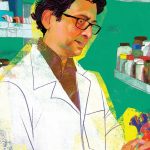
Most of us know someone, or are someone, who has heart disease. It causes more deaths in the U.S. than cancer, taking 600,000 lives each year and millions more worldwide. One of the most common forms of heart disease is aortic stenosis. It occurs when the main valve of the heart — the aortic valve […]
